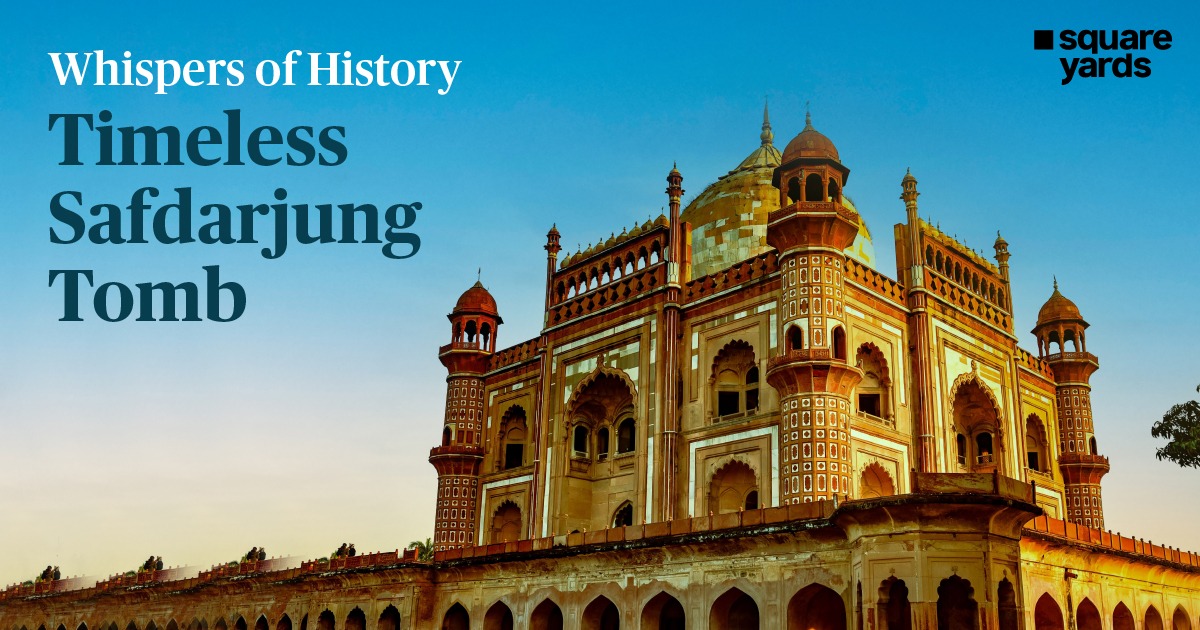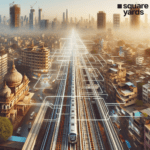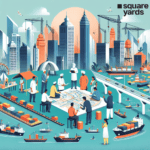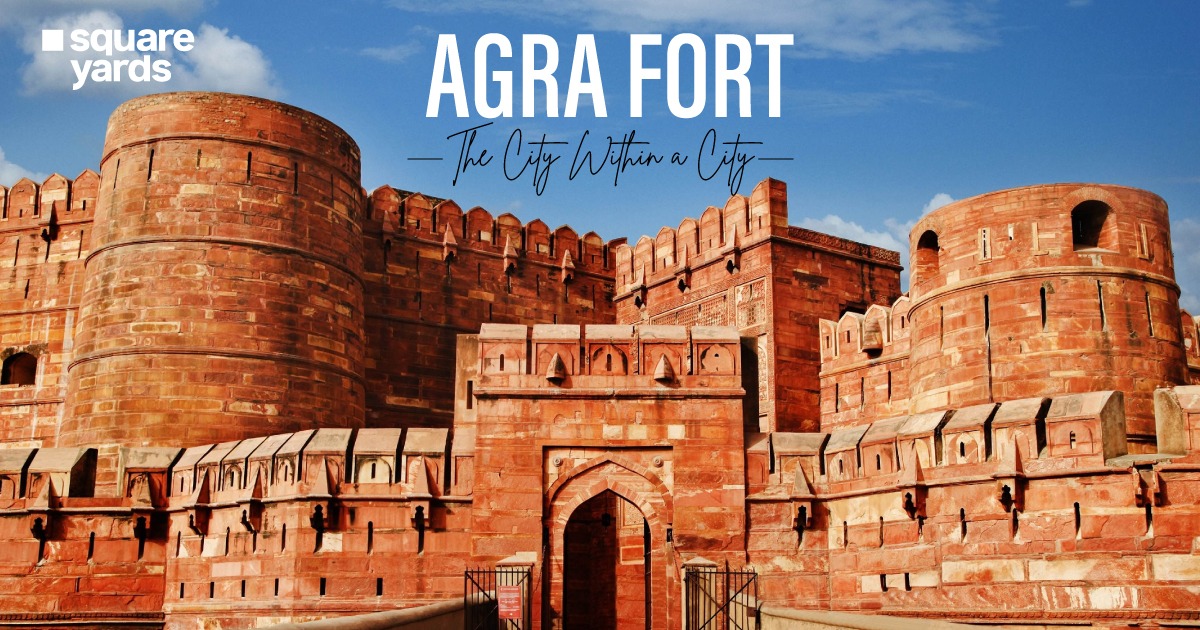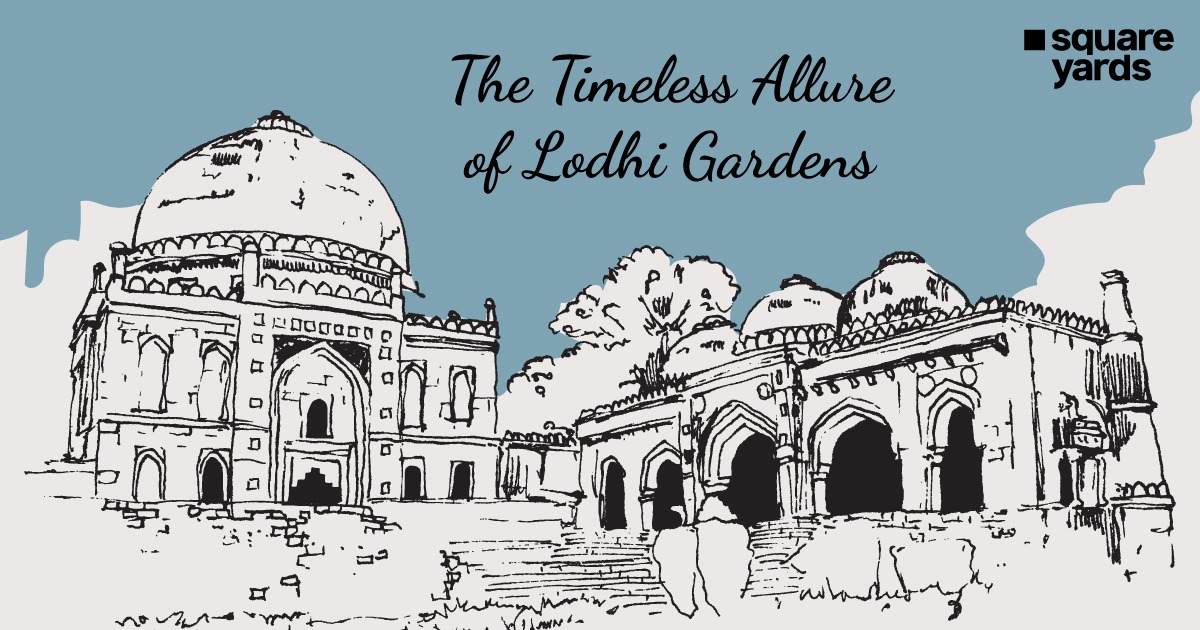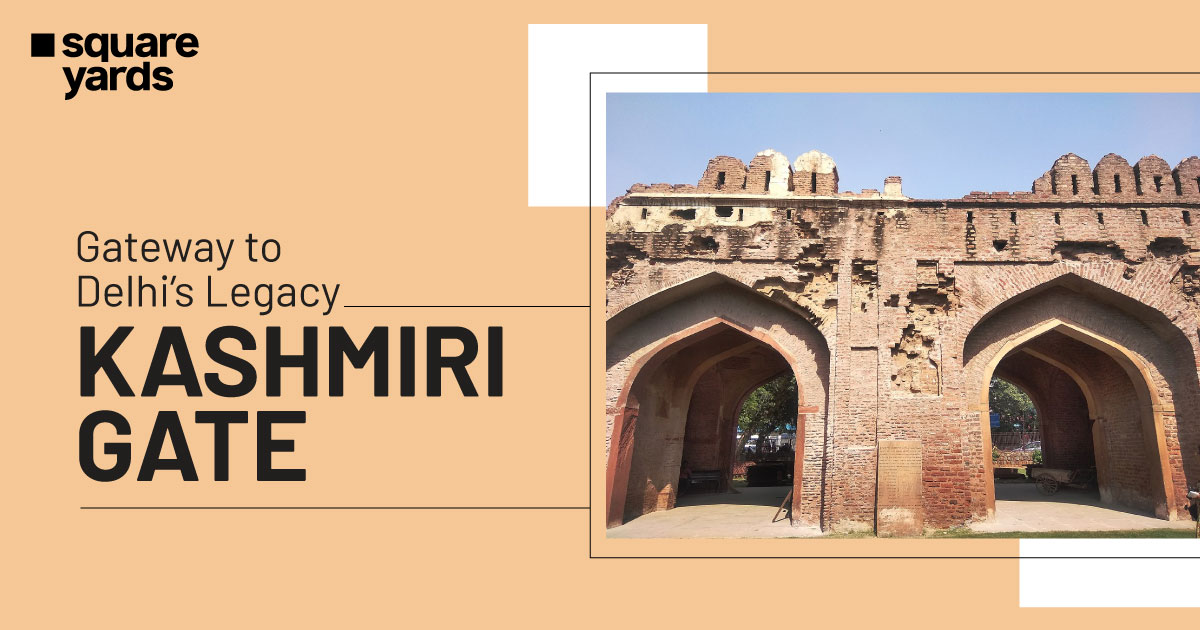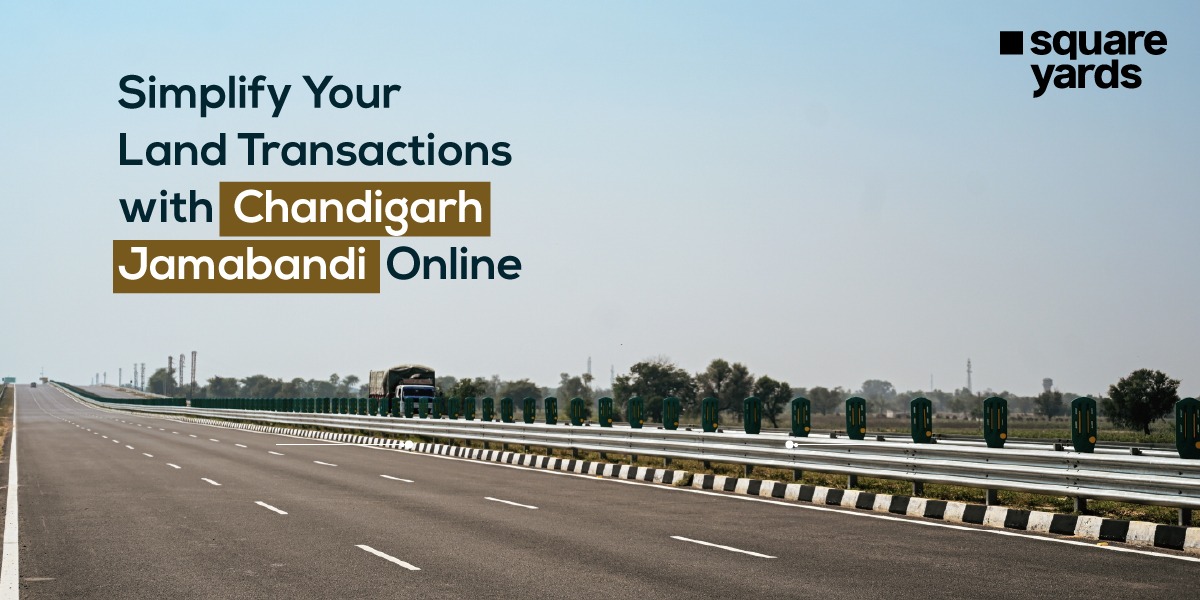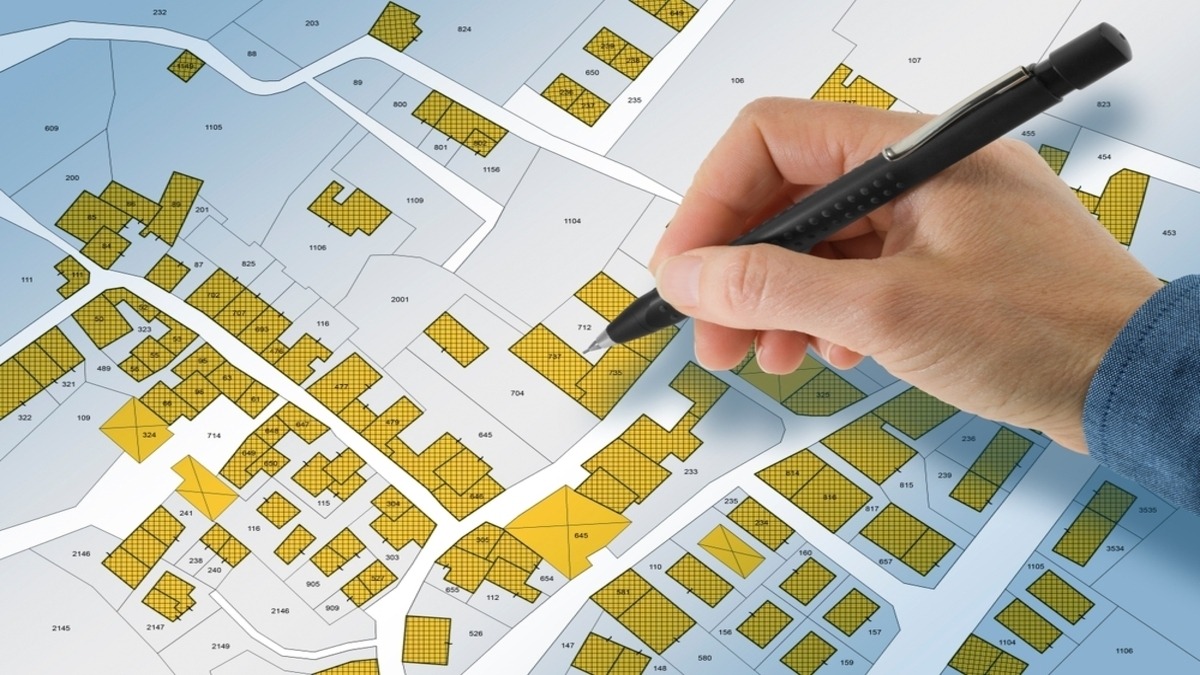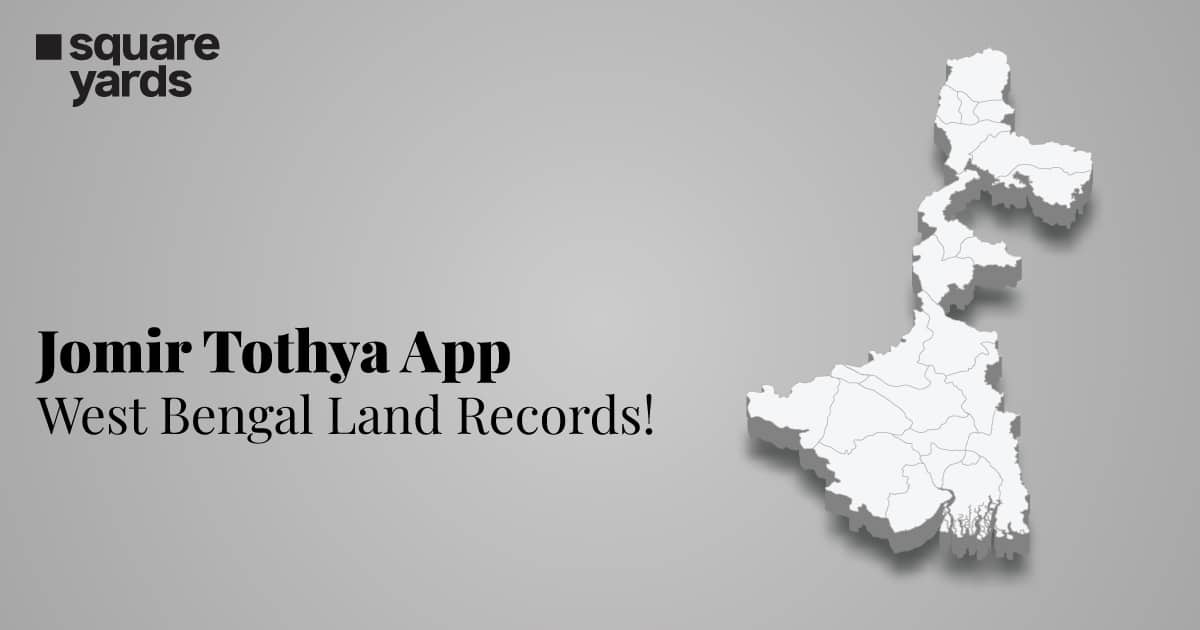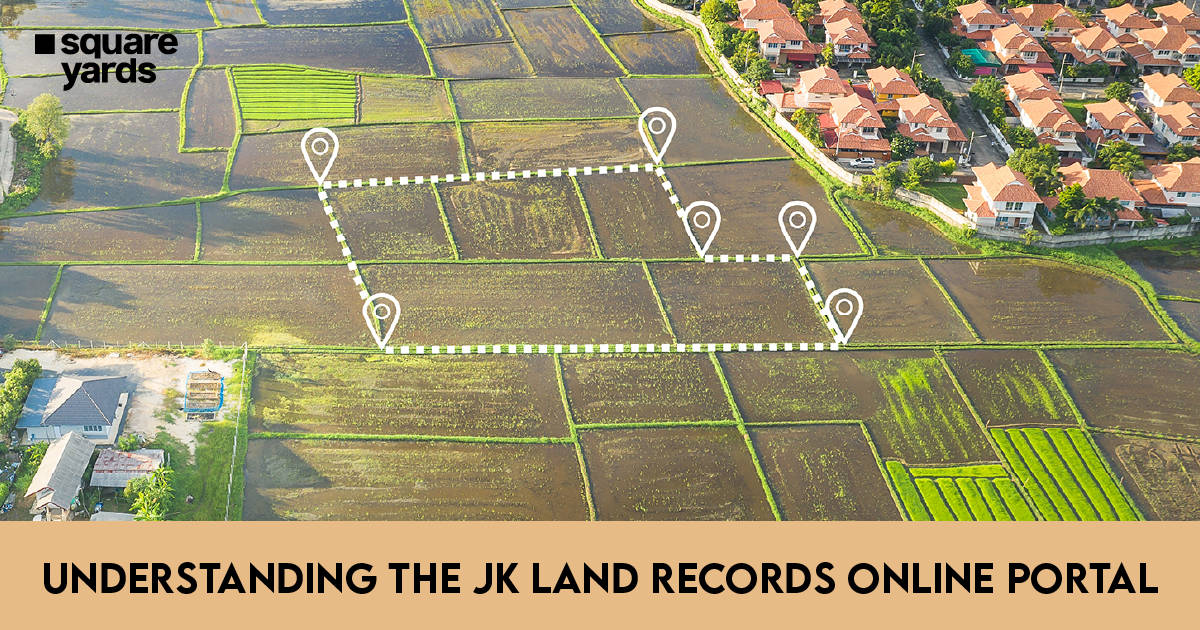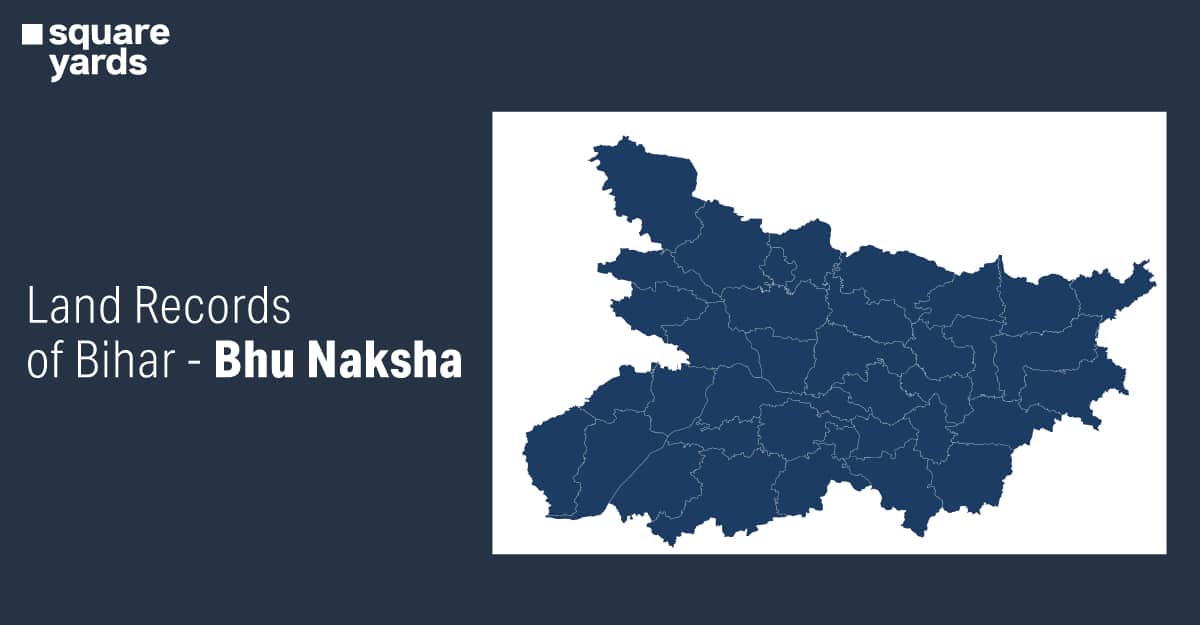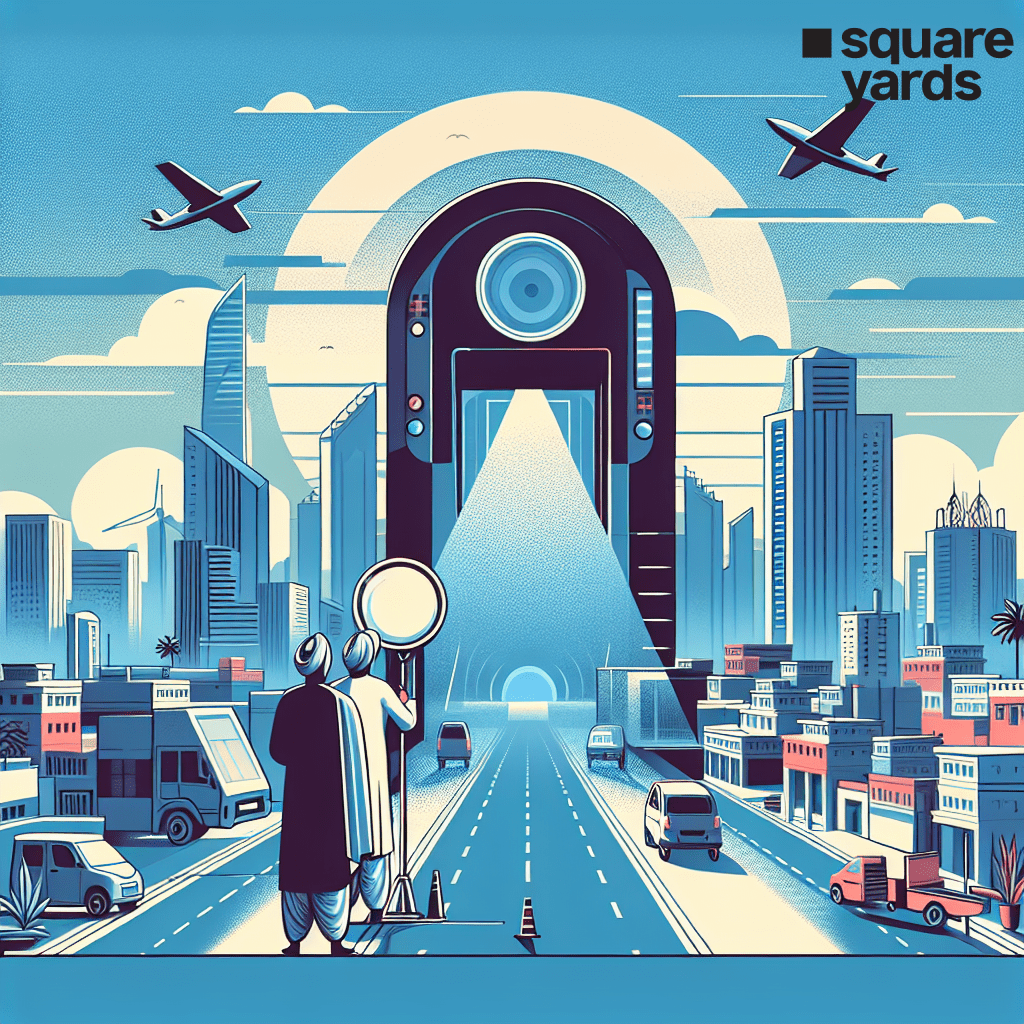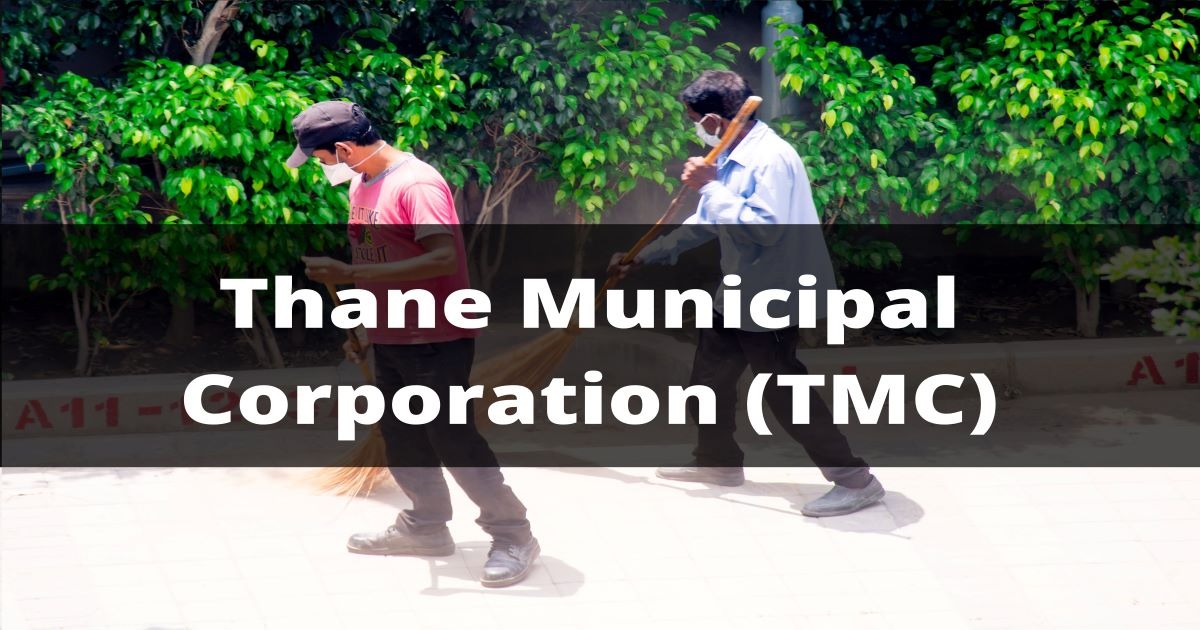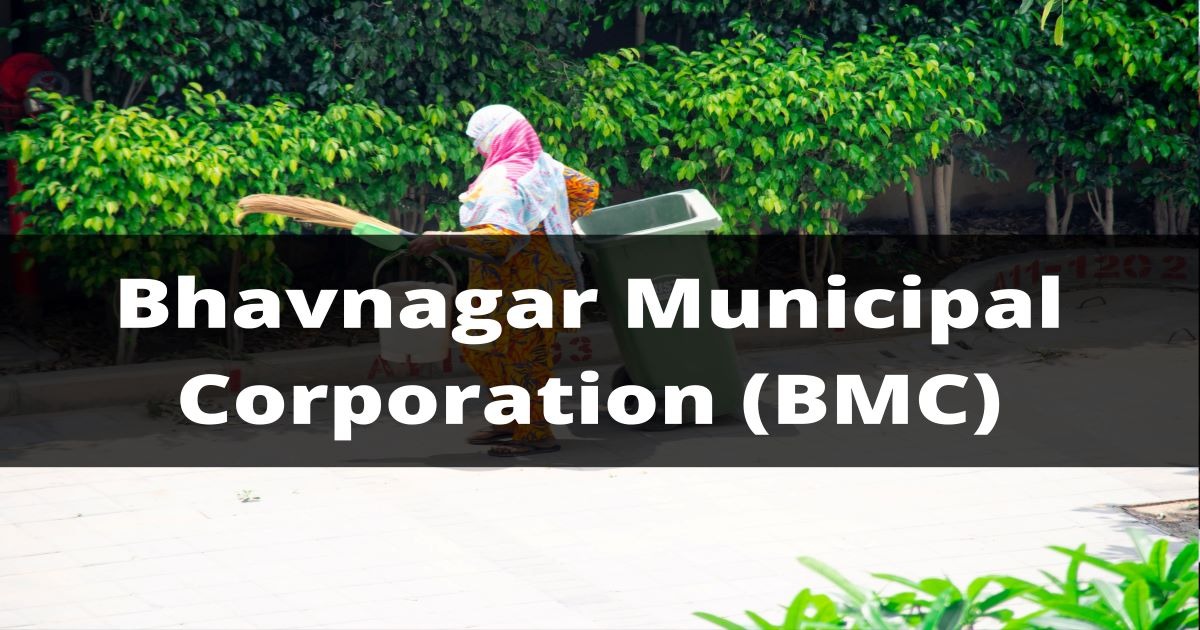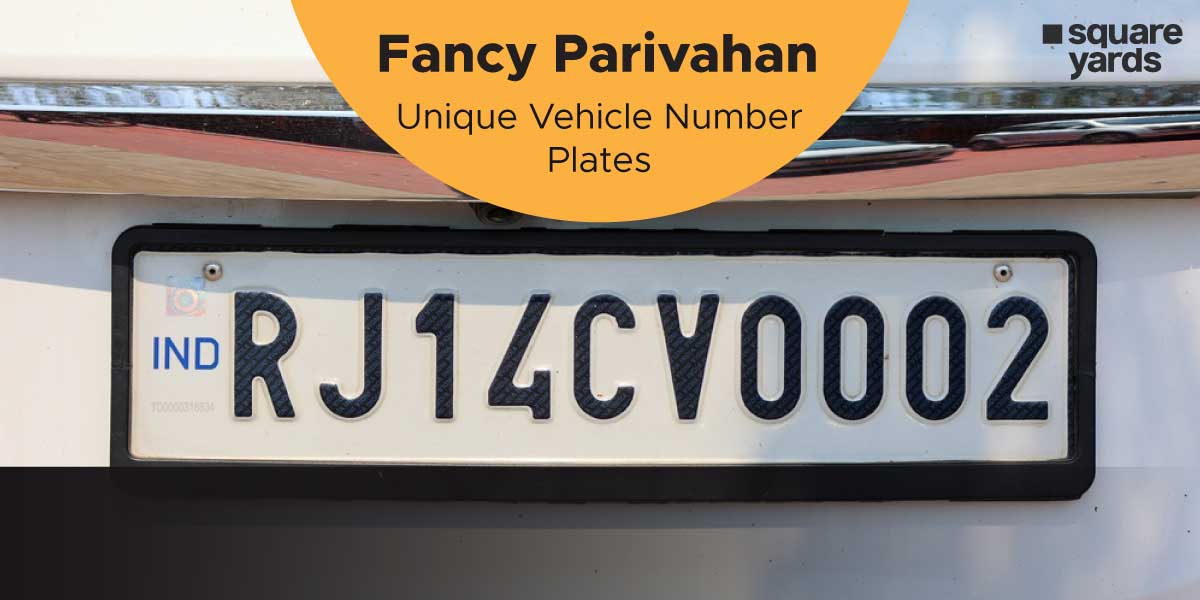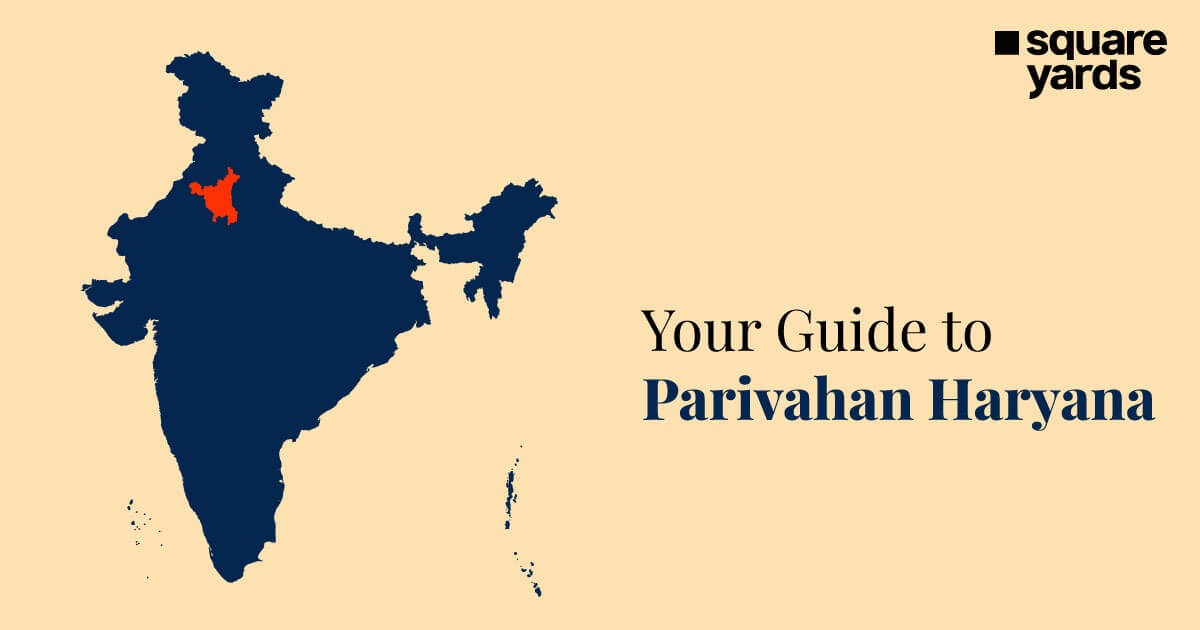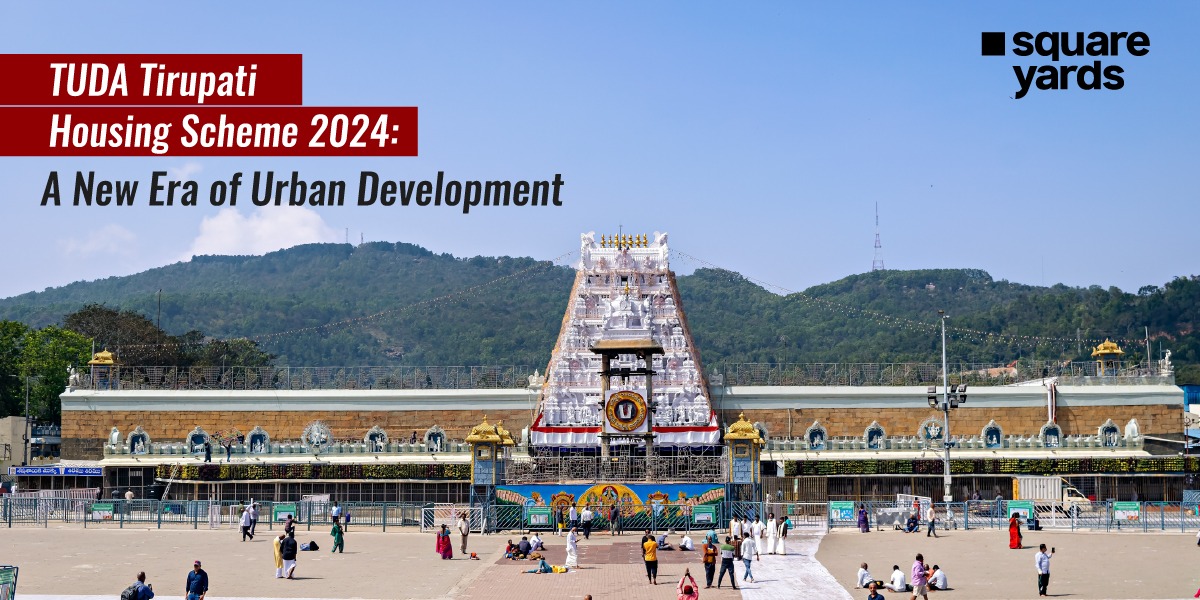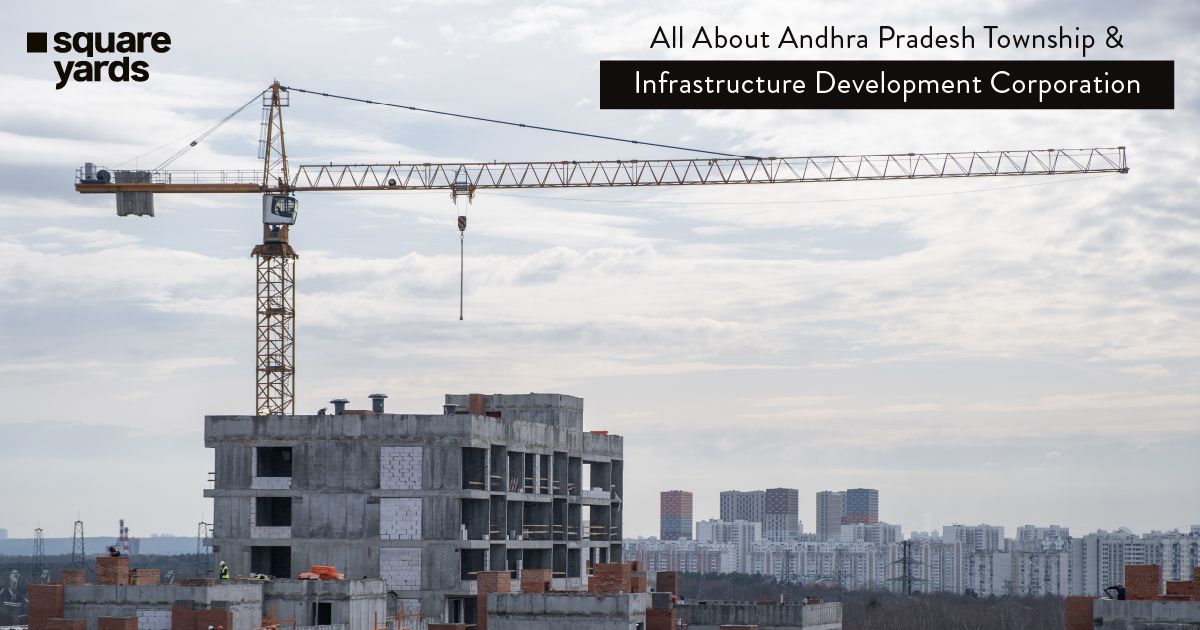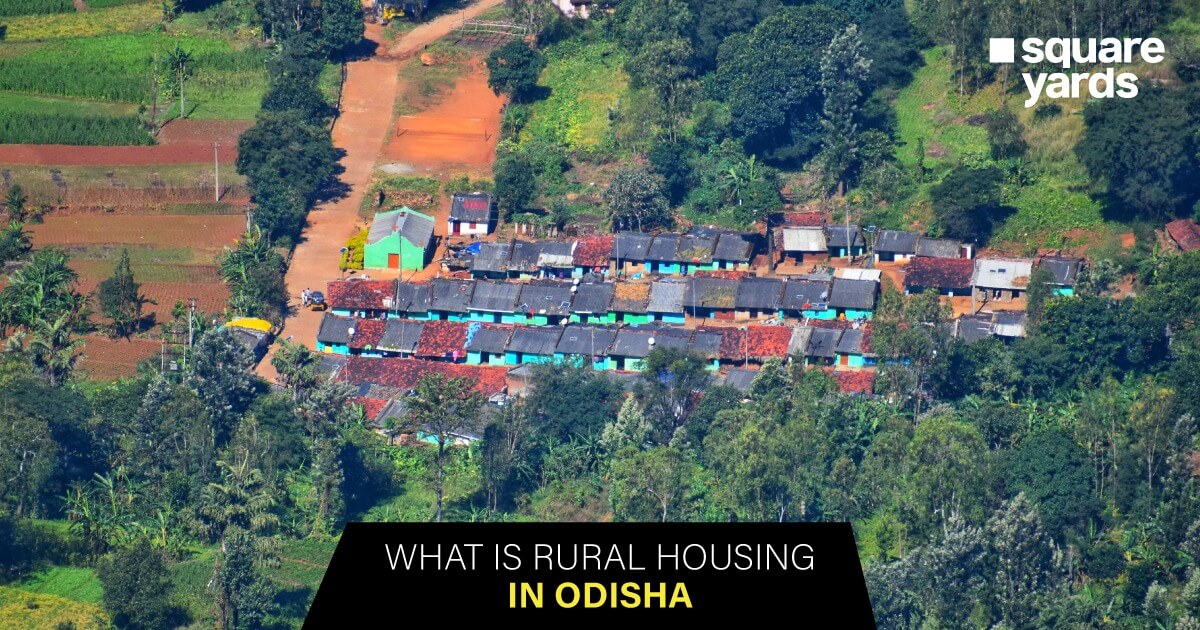Delhi, apart from being a treasure trove of history, is also an ensemble of architectural marvels that draws local and international tourists annually. Whether the regal presence of the Red Fort, the ethereal Lotus Temple or the serene embrace of Humayun’s Tomb. Amidst this grand narrative lies a lesser-heralded gem often overshadowed but equally enchanting – the Safdarjung Tomb.
Nestled at the busy junction of Safdarjung Road and Aurobindo Marg, the mausoleum is the last masterpiece of the Mughal Era that is perfectly imperfect! So, Let’s embark on the journey to peel back the layers of history at Safdarjung Tomb.
Safdarjung Tomb History
Safadarjung, born Mirza Muqim Abul Mansur Khan, was a Persian native. He relocated to India and served as an autonomous leader in Oudh or Awadh province under the viceroy of Muhammad Shah.
Following the demise of Emperor Muhammad Shah, his son Ahmed Shah ascended the throne of Mughal Rule in Delhi in 1748. Safdarjung, who proved his competence as an able administrator and commander, was bestowed with the title of Wazir ul-Hindustan, or Prime Minister of the kingdom.
Under his leadership, Safdarjung emerged as a prominent and influential figure in the political arena, taking significant decisions. Because of court politics, he was ousted from Delhi in 1753 and soon passed away in 1754. Later on, his son Nawab Shujaud Daula sought to honour his father’s memory by commissioning the construction of a grand mausoleum.
Architectural Design of the Safdarjung Tomb
The forgotten mausoleum was designed by an Ethiopian architect, and built like an enclosed garden tomb. Said to have been inspired and constructed in style with the celebrated historical monument Humayun’s Tomb, Safdarjung Tomb is the last chapter in the glory of Mughal Architecture. However, it lacks refinement in comparison. The elongated facade and the mismatched stone cladding illustrate the downfall of the legacy of the greatest empire in India.
Let’s explore its architecture in detail:-
Exterior Facade
Built on an elevated platform, the tomb showcases conventional Mughal architectural style—Char bagh Gardens, with an imposing mausoleum at the centre, is a visual feast for the eyes.
The exquisite tomb, crafted with red and brownish-yellow coloured sandstone, has a majestic central dome and high terrace. The two-storeyed main gate is laid with stucco work and elaborate ornamentation giving an enchanting view of the mausoleum.
Interiors
The square-shaped central chamber comprises eight parts with a cenotaph in the middle. Intricate designs of floral patterns and geometric motifs adorn its façade, the rare side of which houses several rooms and a library. The light filtering through the delicately carved jalis (lattice screens) creates a mesmerising play of light and shadow, embodying the sense of serenity within the space.
Interestingly, a few Arabic inscriptions are etched on its walls- “When the hero of plain bravery departs from the transitory, may he become a resident of God’s paradise”. The graves of Safadrjung and his wife are placed in an underground chamber.
Gardens
The gardens encompassing the monument are a hallmark of Mughal landscape architecture. It is further segregated into quadrants in all four directions, surrounded by water canals and footpaths. Each canal leads to a pavilion, namely, Moti Mahal (Pearl Palace), Jangal Mahal (Palace in the Woods), and Badshah Pasand (The King’s or Emperor’s favourite). All these monuments are safeguarded under the ASI(Archaeological Survey Of India).
What’s Inside the Safdarjung Tomb?
As you walk into the magnificence of Safdarjung Tomb, you’re welcomed with a tranquil setting that envelops the surroundings. Inside the tomb, a tale of the bygone era awaits you—the high arched ceilings adorned with delicate frescoes and the intricate marble inlays that stand as enduring excellence of Mughal artisans. Stroll around the manicured gardens and explore through pavilions while capturing a few clicks, encapsulating the true essence of the space. You can opt for a local guide to get insights into the fascinating history, architecture, and anecdotes.
Timings and Entry Fees for Safdarjung Tomb
Safdarjung Tomb Timings: 7 am – 5 pm (Monday- Sunday)
Safdarjung Tomb Entry Fee: INR 15/- for Indians, INR 200/- for Foreign Tourists
Photography Charges: Free (Video Camera- INR 25/-)
Ways to Reach Safdarjung Tomb
Thanks to Delhi’s well-connected transportation network, reaching the Safdarjung Tomb is a breeze. If opting for public transport, hop onto the Delhi Metro and disembark at the Jor Bagh station on the Yellow Line. Alternatively, autos and taxis are readily available throughout the city, offering a convenient and comfortable way to reach the tomb.
The distance from New Delhi Railway Station is 10 km. The distance from Indira Gandhi International Airport Terminal 1 is 12.4 km. The distance from Connaught Place is 8.6km.
Places to Visit Near Safdarjung Tomb
Lodhi Gardens:
Just around 2 km away from Safdarjung Tomb lies the picturesque Lodhi Gardens. Spread over 90 acres, the gardens boast lush greenery and historical monuments, seeking a peaceful escape from the bustling city.
Khan Market:
One of Delhi’s oldest and most expensive shopping hubs, this place has charming shops and eateries. Whether you’re looking for silver jewellery, unique handicrafts, books, or craving delectable cuisine, this market has something to delight every visitor.
Distance from Safdarjung Tomb- 2.4 Km.
India Habitat Centre:
Art and cultural enthusiasts can visit the India Habitat Centre, an intellectual hub hosting diverse cultural events, exhibitions, and performances.
Nehru Planetarium:
A place of wonder for curious minds, the Nehru Planetarium offers fascinating shows and exhibitions about the solar system and galaxies.
Hauz Khas Village:
Hauz Khas Village is a short drive away, a trendy enclave known for its blend of historic charm and contemporary vibes.
What Are the Best Times to Visit Safdarjung Tomb?
Early Morning Tranquillity:
Experience the tomb’s beauty in the soft morning light, free from crowds and distractions. The gentle sunlight creates a perfect backdrop for photography, capturing the true essence of the space.
Avoid Midday Heat:
Steer clear from 11 am to 3 pm when the sun is intense and uncomfortable for sightseeing.
Enchanting Evenings:
Explore after 4 pm when temperatures are milder, with warm hues and a serene ambience. Witness the tomb’s transformation during sunset, and the play of light and shadows lends a dramatic touch to the architecture.
Interesting Facts About Safdarjung Tomb
Travellers across the globe are drawn to Safdarjung Tomb due to their curiosity about the decline of the Mughal era. Here are some amazing trivia about Safdarjung Tomb, Delhi.
- The marble and slabs from the Tomb of Abdul Rahim Khankhana were utilised in the construction of the mausoleum.
- The 2013 American movie ‘Jobs’ directed by Joshua Michael Stern and starring Ashton Kutcher, was filmed at the Safdarjung Tomb.
- It is regarded as the poor Man’s Taj due to its similarity in structure, except for the lack of grandeur and symmetry.
- This monument is the first accessible mausoleum in the country, featuring ramps for wheelchair access and an information board in Braille at the entrance.
Forgotten Glory!
The tomb of Safdarjung might not have achieved the grand recognition of some other monuments, but its significance remains unblemished by commercialisation. The monument intertwines a beautiful connection between past and present, contemplating the authenticity of the era gone by. So, as you walk away from its graceful arches and ornate carvings, carry with you not just the memories of a visit but the echoes of history and the promise of a journey that continues to unfold.
FREQUENTLY ASKED QUESTIONS(FAQ’S)
Where is Safdarjung Tomb located?
Safdarjung Tomb is located in New Delhi, India. It stands near the intersection of Safdarjung Road and Aurobindo Marg, close to Lodhi Gardens and Khan Market.
How to visit Safdarjung Tomb?
To visit Safdarjung Tomb, you can opt for your mode of transportation, be it a cab, auto, bus, or metro.
Why is Safdarjung Maqbara famous?
Safdarjung Tomb is the mausoleum of Safdarjung, who served as the Prime Minister during the Mughal era. It is the last enclosed garden tomb in Mughal Architecture.
Is Safdarjung Tomb a UNESCO World Heritage site?
No, Safdarjung Tomb is not a UNESCO World Heritage site. It is one of the significant historical monuments in Delhi.
How much time does it take to visit Safdarjung Tomb?
On average, visitors spend 1 to 1.5 hours exploring the tomb, interiors, and garden, taking in the ambience.
Which Metro station is near Safdarjung Tomb?
The nearest Delhi Metro station to Safdarjung Tomb is the Jor Bagh Metro Station, located on the Yellow Line of the Delhi Metro network.
Who built Safdarjung Tomb in Delhi?
Safdarjung Tomb was commissioned by Nawab Shujaud Daula, the son of Mirza Muqim Abul-Mansur Khan, also known as Safdarjung. It was built in memory of Safdarjung after he died in 1753.
What are Safdarjung tomb ticket prices?
Safdarjung tomb ticket prices: ₹ 15 for Indians and ₹ 200 for Foreign Tourists
What are Safdarjung tomb timings?
Safdarjung Tomb timings are from Monday To Sunday- 7:00 am – 5:00 pm.


